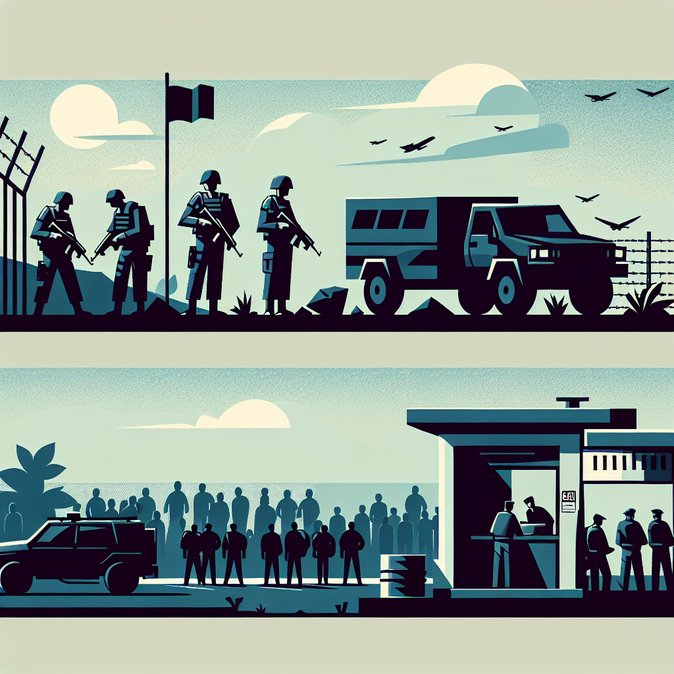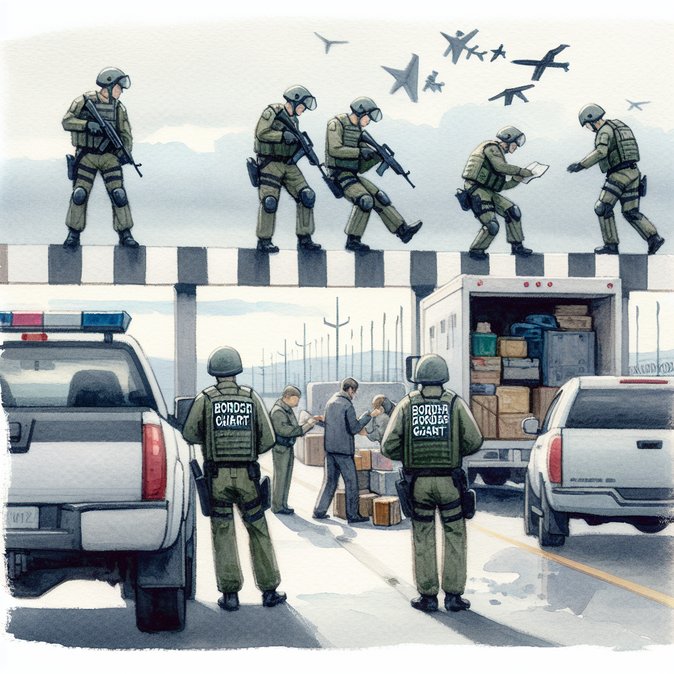
Poland’s Border Guard reported another spike in aggressive attempts to breach the Polish-Belarusian frontier on 4–5 November. Six migrants armed with pieces of razor wire tried to force their way across the barrier near Czeremcha before dawn on 5 November, puncturing the tyres of two patrol vehicles. According to the Guard, officers have recorded more than 2,000 illegal-entry attempts on the Podlasie sector since October, most involving groups from Afghanistan, Ethiopia, Somalia, Eritrea, Pakistan and Iraq.
The latest incident underscores the evolving tactics seen since Poland finished the 186-km steel wall and electronic fence in 2023. In recent months, night-time incursions have increasingly been accompanied by stone-throwing, laser dazzlers and makeshift projectiles aimed at disabling border equipment. Warsaw continues to blame Belarus for “state-sponsored migration pressure,” a charge Minsk denies.
![Migrants attack Polish patrols in renewed rush at Belarus border]()
For corporate mobility managers, the flare-ups mean longer waiting times for freight and passenger traffic on the S19 motorway and stricter vehicle searches at Kuźnica and Bobrowniki. Employers should warn assignees and cross-border drivers of ad-hoc detours and be prepared for random checks up to 30 km inside Poland’s territory.
The government is expected to keep temporary checks on the German and Lithuanian borders in place and will feed the data from the new incidents into the EU’s situational awareness platform (EUROSUR). Any sustained escalation could see Schengen Article 25 invoked again over the Christmas travel peak, creating ripple effects across regional supply chains.
Practical tip: Travellers heading to or from north-eastern voivodships should carry passports rather than ID cards, build extra time into itineraries and monitor @Straz_Graniczna on X for real-time corridor openings.
The latest incident underscores the evolving tactics seen since Poland finished the 186-km steel wall and electronic fence in 2023. In recent months, night-time incursions have increasingly been accompanied by stone-throwing, laser dazzlers and makeshift projectiles aimed at disabling border equipment. Warsaw continues to blame Belarus for “state-sponsored migration pressure,” a charge Minsk denies.

For corporate mobility managers, the flare-ups mean longer waiting times for freight and passenger traffic on the S19 motorway and stricter vehicle searches at Kuźnica and Bobrowniki. Employers should warn assignees and cross-border drivers of ad-hoc detours and be prepared for random checks up to 30 km inside Poland’s territory.
The government is expected to keep temporary checks on the German and Lithuanian borders in place and will feed the data from the new incidents into the EU’s situational awareness platform (EUROSUR). Any sustained escalation could see Schengen Article 25 invoked again over the Christmas travel peak, creating ripple effects across regional supply chains.
Practical tip: Travellers heading to or from north-eastern voivodships should carry passports rather than ID cards, build extra time into itineraries and monitor @Straz_Graniczna on X for real-time corridor openings.










